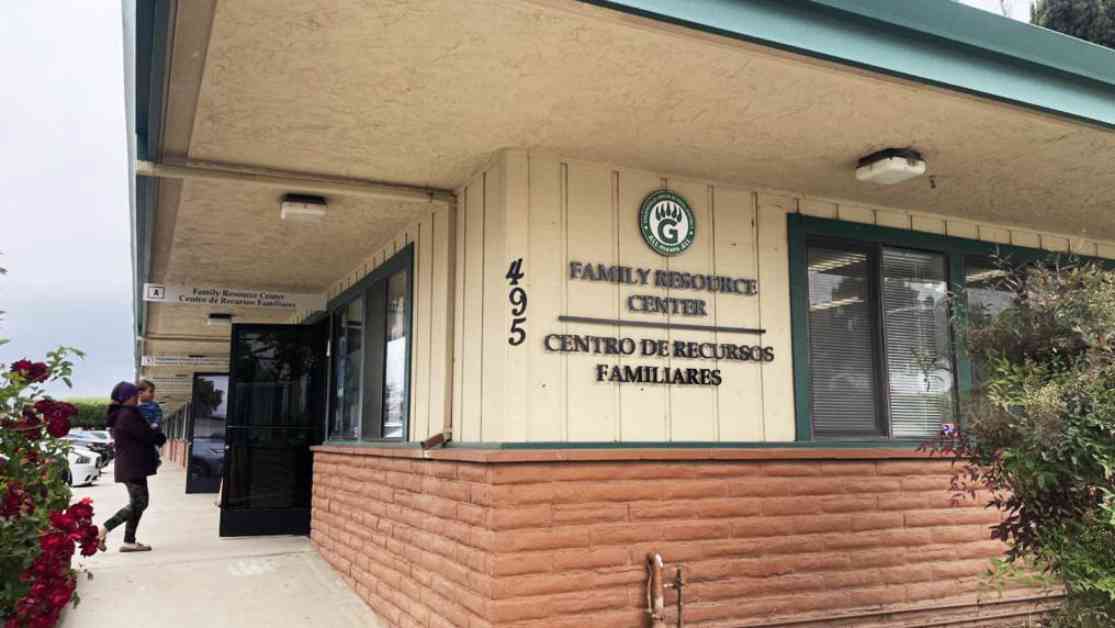Impact of Ending Historic Student Homelessness Funding
As the historic funding for student homelessness comes to an end, the repercussions are being felt across Monterey County and beyond. Families seeking shelter are being turned away, services are being cut, and staff are being laid off. The end of the American Rescue Plan-Homeless Children and Youth program has left schools scrambling to find alternative sources of funding to support students experiencing homelessness. The lack of a comprehensive plan at the federal or state level to replace these funds is leaving many vulnerable families in limbo.
Barbara Duffield, executive director of youth homelessness nonprofit SchoolHouse Connection, expressed concern about the heightened needs of homeless families going unmet. The increase in child homelessness rates during the 2022-23 school year, coupled with rising child poverty in California, paints a grim picture of the challenges ahead. The pandemic-induced dip in homelessness rates followed by a sharp increase upon school reopening has put a spotlight on the critical role of liaisons in identifying and supporting homeless students.
Challenges Faced by Homeless Liaisons
Homeless liaisons play a crucial role in connecting students experiencing homelessness with resources and support. However, the lack of dedicated, ongoing funding for their work poses significant challenges. Without adequate resources, liaisons struggle to implement long-term programming, hire staff, and build preventive measures to help families avoid homelessness. The reliance on one-time funds and limited streams of funding further exacerbates the issue, leaving many schools ill-equipped to address the needs of homeless students.
Jennifer Kottke, the homeless liaison for the Los Angeles County Office of Education, emphasized the importance of consistent funding to support their work. The mismatch between the intensity of the work and the available funding leads to undercounting of homeless students and hampers the proper identification process. Without sustained financial support, liaisons are unable to provide comprehensive services to homeless students and their families.
Utilization of ARP-HCY Funds
The American Rescue Plan-Homeless Children and Youth funds provided an opportunity for liaisons to expand their services and support students experiencing homelessness. The funds enabled liaisons to hire staff, offer tutoring programs, run after-school activities, and provide case management for families in need. These initiatives were instrumental in addressing the immediate needs of homeless students and ensuring their continued participation in school.
Donna Smith, the homeless liaison in Monterey County, highlighted the impact of ARP-HCY funds on supporting homeless students. The funds were used to provide motel vouchers, case management, and after-school programs, all aimed at keeping students engaged in their education. However, with the funding coming to an end, many of these vital services are being discontinued, affecting the well-being of homeless students and their families.
Meagan Meloy, the liaison in Butte County, emphasized the importance of comprehensive support for homeless students beyond mere enrollment and transportation assistance. The ARP-HCY funds allowed her to address a range of needs, including housing assistance, academic support, and basic aid provisions. However, the expiration of these funds has forced liaisons to reevaluate their priorities and make difficult decisions regarding the services they can continue to offer.
In conclusion, the end of historic student homelessness funding has significant implications for schools, homeless liaisons, and most importantly, the vulnerable students and families they serve. As the search for alternative funding sources continues, it is essential for policymakers at the federal and state levels to prioritize the needs of homeless students and provide sustainable funding solutions to address this critical issue. Only through concerted efforts and dedicated resources can we ensure that every student has the support they need to thrive in school and beyond.
